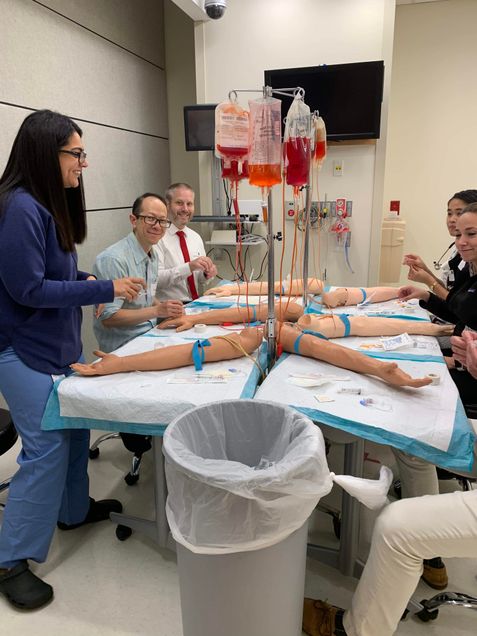

Some demographic, patient identifier, and scheduling information can be captured automatically via interfaces with central hospital data systems. Completion rates for other clinical data appear to be less well studied.Īn AIMS generates an anesthesia record using a combination of data collection methods. More recent studies claim that an Anesthesia Information Management System (AIMS), which creates electronic documents with computers and a variety of interfaces, generates more accurate records of physiologic data than those produced by hand ( 3–6). Studies of the accuracy and completeness of handwritten anesthesia records demonstrate deficiencies in documentation, suggesting that the quality of anesthesia records can be improved ( 1,2). The anesthesia record has traditionally been generated manually using preprinted forms. Our results suggest that the user interface for data entry, and the logic that an electronic system uses for preventing omissions and inconsistencies, merit further study and development in order to facilitate clinically useful documentation.
ANESTHESIA SIMULATOR RECORDER FREE
Dependence on free text remarks and the record keeping system’s inability to automatically present entries in logical sequences consistent with workflow were associated with incomplete data entry. We found that electronic clinical anesthesia documentation was often incomplete. Any notation of IV access appeared in 84% of records. Laryngoscopic grade of view documentation was also selected by touch screen and expected in 883 records but present in 811 cases (92%). Documentation of mask ventilation characteristics was entered by touch screen from a pick list and was expected in 781 records but appeared in 664 records (85%). Free text documentation of the electrocardiogram rhythm diagnosis appeared at least once in 86% of records.

The free text required to complete endotracheal tube depth documentation appeared in 538 of 918 cases in which the patient was tracheally intubated (59%). Of 2838 records, 64% had the necessary free text remark in the allergy element. We reviewed all electronic anesthesia records generated during a 1-month period at our institution to ascertain completion rates for six clinical documentation elements: allergies, IV access, electrocardiogram rhythm, ease of mask ventilation, laryngoscopic grade of view, and insertion depth of the endotracheal tube. Studies of the accuracy and completeness of handwritten anesthesia records demonstrate deficiencies in documentation, suggesting that the quality of anesthesia records can be improved.


 0 kommentar(er)
0 kommentar(er)
